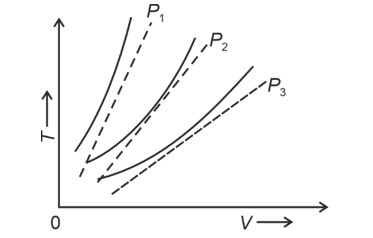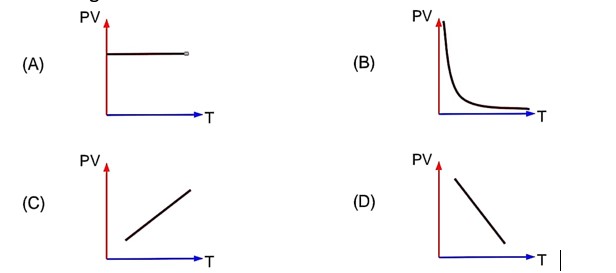physics ncert solutions class 11th
Get insights from 952 questions on physics ncert solutions class 11th, answered by students, alumni, and experts. You may also ask and answer any question you like about physics ncert solutions class 11th
Follow Ask QuestionQuestions
Discussions
Active Users
Followers
New answer posted
2 months agoContributor-Level 10
Translational kinetic energy will be equal to rotational kinetic energy corresponds to each degree of freedom.
New answer posted
2 months agoContributor-Level 10
At same temperature, curve with higher volume corresponds to lower pressure.
(We draw a straight line parallel to volume axis to get this)
New answer posted
2 months agoContributor-Level 10
K.E. energy of electron = eV
Translational K.E. of N2 =
So eV =
T = 773 – 273 = 500°C
New answer posted
2 months agoContributor-Level 10
Cross product will represent a vector perpendicular to both the vector.
Dir. Of Motion of P :
=
Dir. Of Motion of Q =
New answer posted
2 months agoContributor-Level 10
Consider translational motion of a body
mg sinq - fS = ma .(i)
Consider rotational motion of body about its centre of mass
.(ii)
Using the condition of rolling without slipping at contact, we have
Using the condition of static friction, we have
Time required to reach the ground
Taking an Exam? Selecting a College?
Get authentic answers from experts, students and alumni that you won't find anywhere else
Sign Up on ShikshaOn Shiksha, get access to
- 65k Colleges
- 1.2k Exams
- 686k Reviews
- 1800k Answers


